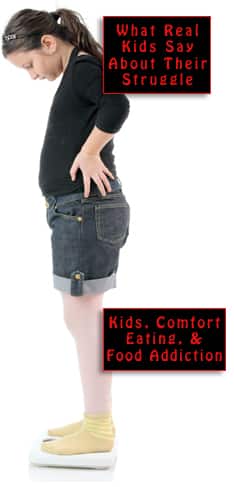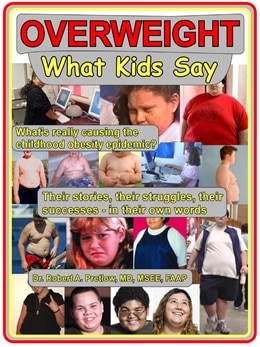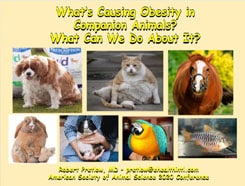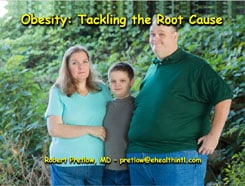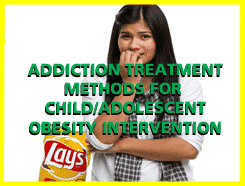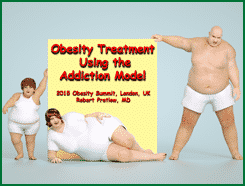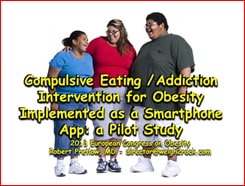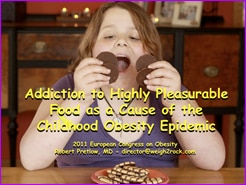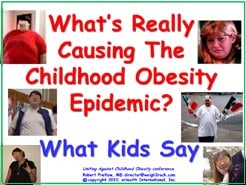A Winter Holidays Encyclopedia — 4

Please check out the Childhood Obesity News archives for helpful hints. The following remarks are not excerpts, but elaborations and explications meant to lure visitors to the original posts.
Jingle Bell Blues
We love to give and receive gifts, and to see relatives who travel from afar. We love our family members, and we love getting together, so why do holiday gatherings so often turn out to be grim ordeals? One of the things we look forward to at holiday time is the reviving of fond memories, through photos and videos and personal stories.
But underlying everything are layers of ancestral memory accumulated over decades, or even through hundreds of years. Are there customs or habits that should be abandoned? How much are we obliged to cling to the past? Is it possible to do things just a little bit differently, and achieve a more pleasant outcome?
Keeping Our Cool Over Winter Holidays
How many people greet the winter holidays with a sense of dread? The answer is many. We have to live up to so many expectations: hospitality; financial responsibility; thoughtful and appropriate gift-giving; travel arrangements for guests; providing delicious meals and seasonal delicacies while not poisoning anyone… It’s a lot.
The psychological burdens are many. Demanding folks have to be shown the respect and deference to which they feel entitled. Amateur comedians need to be reassured that they haven’t lost their touch. To preserve privacy, certain things that we have been told in confidence must be tactfully kept from certain people. Anyone who thinks about it for a minute can provide at least several more mental health crises they have experienced between October and February.
But wait, it gets worse… or better…
Add to that the monumental challenges faced by individuals who struggle against substance use disorders, whether the substance be tobacco, alcohol, food, or other. For people who are trying to reset their bodily systems, an ordinary Tuesday can be an epic battle that uses up every ounce of determination. Once the holidays roll around, the normal trauma level is amped up by several orders of magnitude.
We need to take special care of ourselves, and of the people whose footing on sobriety or reasonable eating, or whatever, is unsteady. In fact, it never hurts to just go ahead and be especially considerate to everybody, because who knows what inner sorrow or fear or downfall they might be dealing with? Just because they don’t talk about it does not mean it isn’t there, lurking in the background. And guess what — everybody has some kind of Achilles Heel. For far too many of us, that vulnerable spot is our relationship with food.
If you find even one idea that can change the compulsive eating dynamic which seems to rule the holiday season, that’s a plus. If you find several, that’s a bonanza!
Your responses and feedback are welcome!
Image by Wendy Harman/CC BY 2.0










 FAQs and Media Requests:
FAQs and Media Requests: 